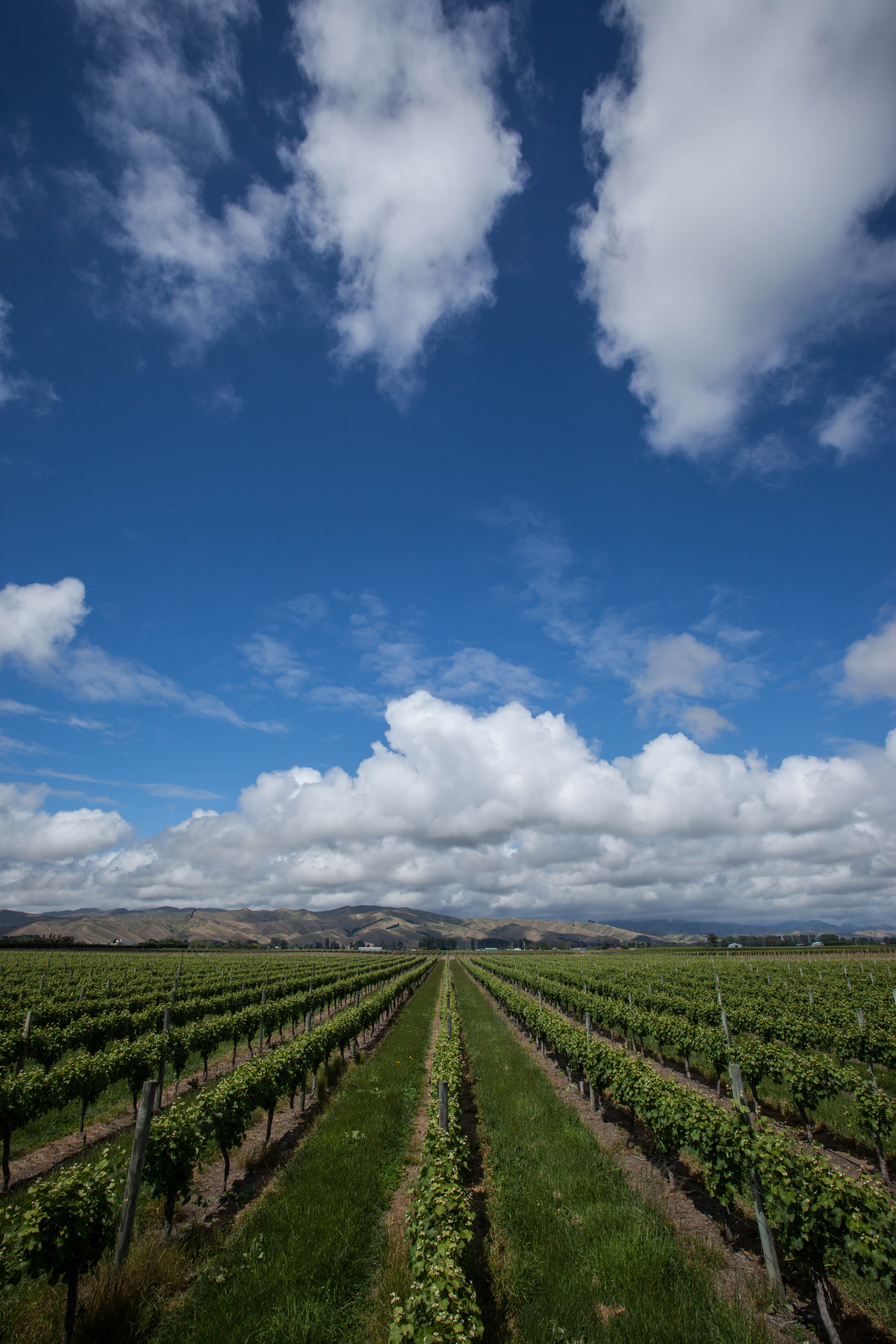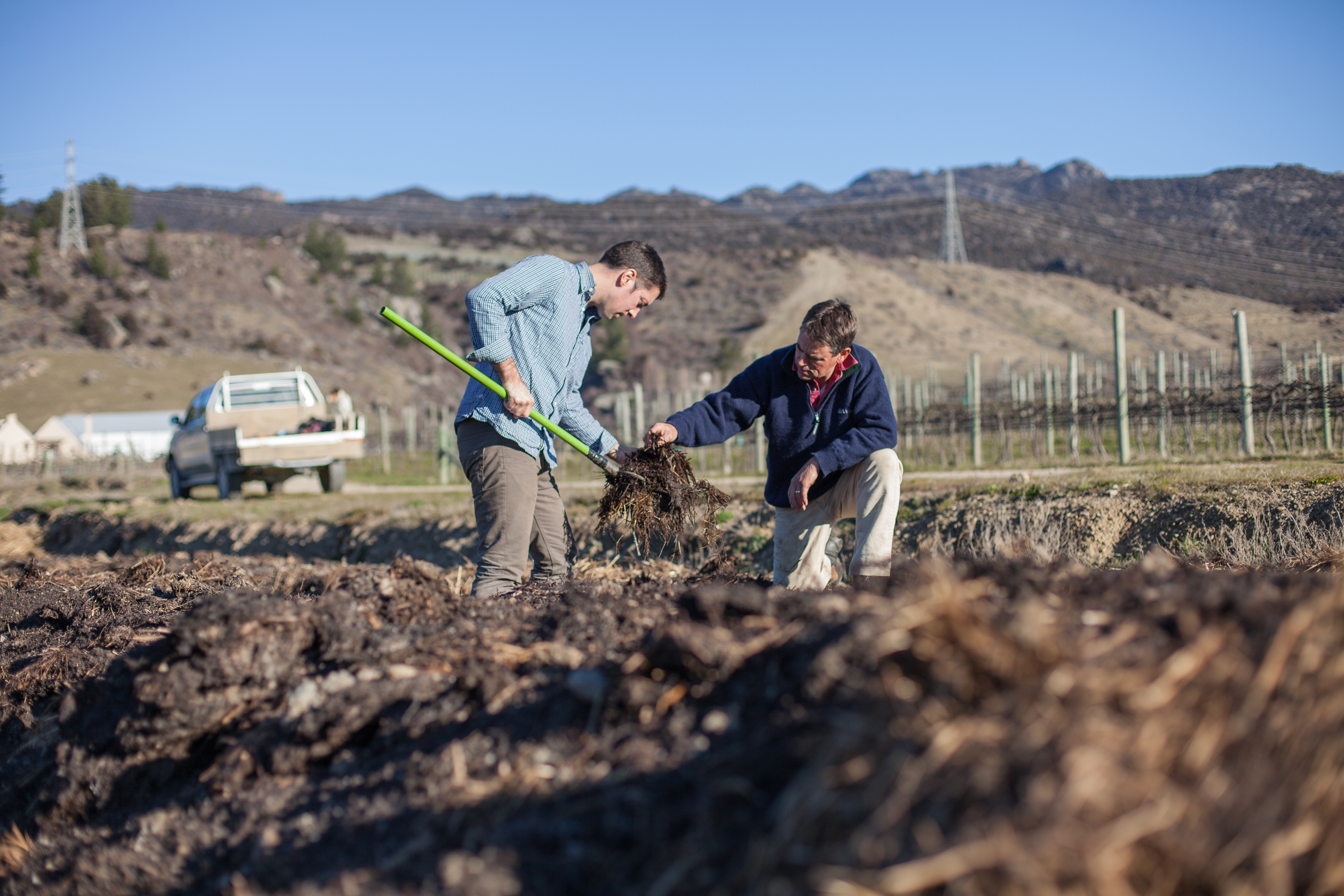Wine of the Month

Mohua Pinot Noir, Peregrine Wines
Notes on the wine
We love this Central Otago Pinot Noir – it's what a good sub £20 Burgundy should taste like, but never does. It captures the mix of gorgeous Pinot red fruits with a delicious savoury underbelly. Drinking beautifully now it's a floral scented, juicy wine layered with fine tannins, raspberry and blackcurrant, wild strawberry and spice flavours.
This balanced and soft textured wine is an ideal accompaniment to savoury dishes. Match it with lean meats, fish and cheeses or partner with seasonal ingredients such as mushrooms, truffles, sweet vegetables or autumn fruit.
“Peregrine Wines, a family-owned winery situated amongst the wild countryside of New Zealand’s southernmost wine region, Central Otago. Here, in the cool climate, Pinot Noir is king. Peregrine’s Mohua Pinot Noir, named after one of the country’s native birds, is a beautifully crafted, soft, yet uncompromising red. The aromas beguile the senses, with their heady scents of violets, plums and black cherries; the wine is rich, yet silky smooth, with bold, opulent flavours of dark berry fruit, wild herbs and a hint of milk chocolate, and black pepper. Seductive and elegant, this is definitely a winner with roast pheasant, wood pigeon, duck breasts and also mildly spiced Indian lamb dishes.” – Angela Mount, Bath Magazine.
Notes from our buyer
“Pinot Noir: I have a love hate relationship with this grape, as I think most people do – when it’s on point, it’s hard to beat, any less than that and I’m like meh… That is why the Mohua Pinot is a godsend – never not on point!” Maggie Macpherson, Buyer for New Zealand
Notes on the producer
Peregrine Wines is named in honour of New Zealand’s endemic falcon, a bird without rival or fear. A bird that combines both power and finesse, the essence of Peregrine’s range of wines. The McLachlan family, headed by Lindsay, was one of the first to establish plantings in the Bendigo sub-region of Central Otago in 1999, and is now the largest organic vineyard holder in Central Otago.
Farming operation plays an integral role in the organic management of the vineyards. Cattle assist with compost, goats and sheep are used for weed control in the winter, and chickens are rotated around the vineyard courtesy of a mobile chicken house, naturally dealing with a range of bugs.
The winery roof is modelled to replicate the exact rotation of the Peregrine falcon’s wing in flight. In London in 2004 the architect won the UK based AR+D Emerging Architecture awards for the Peregrine Winery building, and in 2005 received the “Supreme New Zealand Architecture” award from the NZ Institute of Architects.




